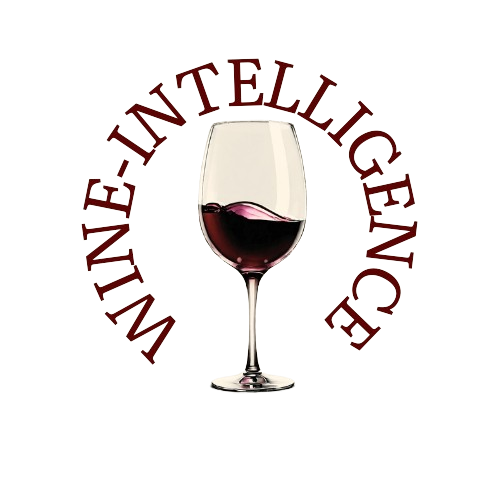The global alcoholic beverage market ended 2024 on a somber note, marking a second consecutive year of volume contraction.
According to the 2024 Global Alcoholic Beverage Market Analysis published by Vinetur, the market shrank by 1% in volume—signaling not just a cyclical dip, but a structural shift in consumption behavior across the globe.
This decline is part of a complex web of economic, climatic, and cultural pressures reshaping the industry. While the total market value posted a modest increase, this was primarily due to price inflation rather than demand. As traditional pillars like wine, beer, and spirits face mounting challenges, two segments—ready-to-drink (RTD) beverages and no- and low-alcohol (NOLO) products—are emerging as dynamic growth engines, especially among younger, health-conscious consumers.
The slowdown in the decade-long “premiumization” trend adds to the industry’s shifting landscape. High-end wines and spirits—once the primary growth story—have plateaued, revealing new consumer preferences driven by moderation, convenience, and affordability.
Category Overview
Wine: Historic Lows in Production and Consumption
2024 was a record-low year for wine production, falling to 225.8 million hectoliters—the lowest since 1961. The 4.8% drop from 2023 was driven by extreme weather, disease pressure, and ongoing vineyard decline. Consumption continued to slide as well, down 3.3% globally to 214.2 million hectoliters. Traditional powerhouses like France and Germany saw declines, while Spain recorded a minor increase. Despite falling volume, the export value remained stable at EUR 35.9 billion, with Italy, France, and Spain leading global exports.
Beer: Value Up, Volume Down
Beer also saw a modest contraction, with global production slipping 0.9% to approximately 1.88 billion hectoliters. While consumption weakened in Germany, the UK, and Vietnam, Latin American and African markets—notably Mexico, Brazil, and South Africa—offset some of the downturn. The premium and craft segments helped push market value to USD 851 billion, although signs of saturation appeared, especially in the U.S., where craft brewery closures outpaced openings for the first time in nearly two decades.
Spirits: Adjustment and Agave Resilience
Spirits registered a slight decline in volume, but value growth persisted due to rising prices. However, premium spirits faltered, with the U.S. reporting a 1.1% drop in supplier revenue and sharper losses at the high end. Agave-based spirits, particularly tequila, were among the few bright spots. Spirit-based RTDs, however, surged by 16.5% in value, demonstrating consumer appetite for hybrid, convenient formats.
RTD and NOLO: Leading the Change
RTDs were once again the fastest-growing segment in 2024, gaining 2% in volume and 6% in value. Their convenience, flavor diversity, and appeal to younger consumers have turned them into a strategic category for brands seeking relevance. Similarly, NOLO beverages gained momentum, with 2023 showing 6% growth in beer, 7% in wine, and a robust 15% in spirits. These segments are projected to grow at a steady 4% CAGR in volume through 2028, reshaping consumption norms.
Geographical Shifts
While mature markets like the U.S., China, and Europe saw stagnation or decline in 2024, India, Brazil, and Mexico emerged as key growth drivers, both in value and volume. These markets are increasingly important to the global balance as Western economies face demographic and economic headwinds. However, production constraints and high costs are creating a more volatile international trading environment, especially in wine.
Conclusion
The 2024 report paints a picture of an industry in transition rather than crisis. While overall consumption volumes have declined, the global alcoholic beverage market is not shrinking in value—it is reshaping itself around new consumer priorities. The days of unrestrained premiumization may be behind us, replaced by an era marked by health consciousness, convenience, digital interaction, and affordability.
Producers and distributors now face a new imperative: to diversify offerings, embrace innovation, and align with emerging markets and generational shifts. Whether through non-alcoholic alternatives, flavor-forward RTDs, or digitally native brand experiences, the future belongs to those who respond swiftly to this evolving landscape.
Source: Vinetur

